We talk a lot about animal science in our home. We have a variety of pets, visit zoos and aquariums often, and spent a significant amount of time exploring nature outdoors. Between the many educational programs we’ve watched about whales, whale watching excursions with both Captain Dave’s and Dana Wharf, and our many visits to SeaWorld San Diego, my daughter knows a lot about marine animals. One of her earliest scientific questions about marine animals was how do whales stay warm in cold water. During our visit to the Dana Point Festival of Whales, we went to the Ocean Institute for a few hours of educational fun. They had a whale science project set up to learn how whales don’t freeze in icy water. My daughter had so much fun with the whale science project, I replicated it in my preschool classroom last year.
Whale science project (hands on blubber experiment) tutorial
Supplies:
- all-vegetable shortening
- icy water in a container large enough for little hands
- two quart size Ziploc bags
- duck tape
Use one of the Ziploc bags as a glove to fill the other bag about a quarter full with shortening.
Then place the glove bag inside the bag with shortening. Fold the edges over and secure with duck tape.
The goal is to keep the inside of the glove bag clean so when you reach into the two bags taped together you will only feel the shortening through the bag.
Ask your child (or students in the classroom) how they think whales are able to swim through cold water without freezing. Then teach about blubber, a thick insulating layer of fat beneath the skin that helps to keep body warmth in and the cold of the air or water out, and how it helps whales. Have each child place their hand in the ice water. Ask how it feels. Then place the other hand in the water using the “blubber” bag. Compare the difference. My daughter and children in my classroom were amazed when the blubber protected their hand from the cold water.
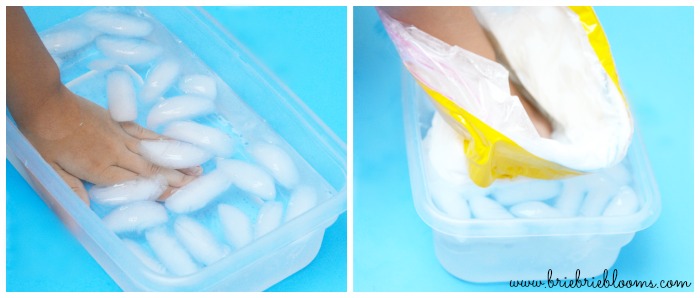 You can add to the discussion by talking about other marine animals with blubber like seals, sea lions, and walruses. My daughter’s next question was how do penguins in the Arctic stay warm. That’s a science project for a different day!
You can add to the discussion by talking about other marine animals with blubber like seals, sea lions, and walruses. My daughter’s next question was how do penguins in the Arctic stay warm. That’s a science project for a different day!
Are your children fascinated by marine animals too?

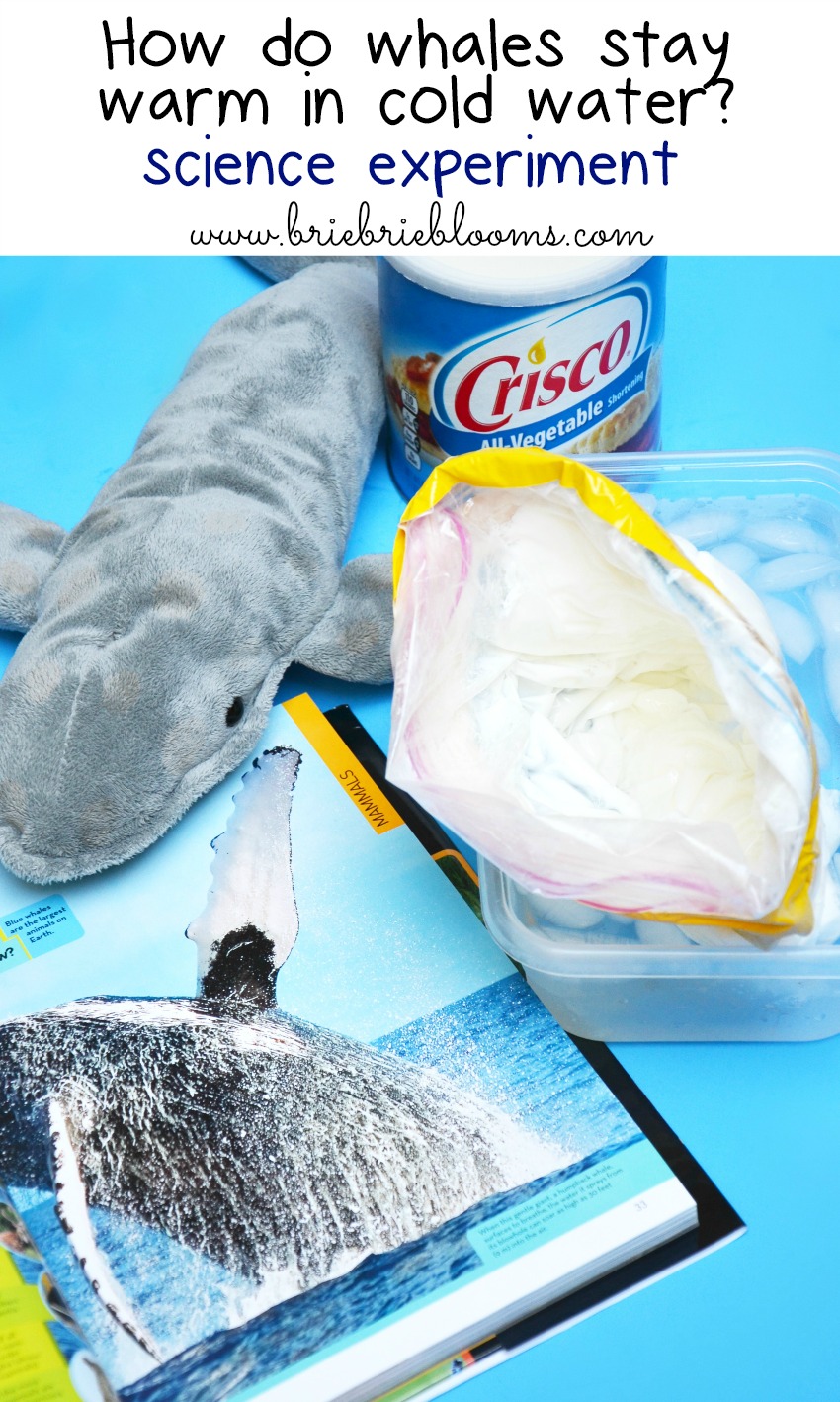
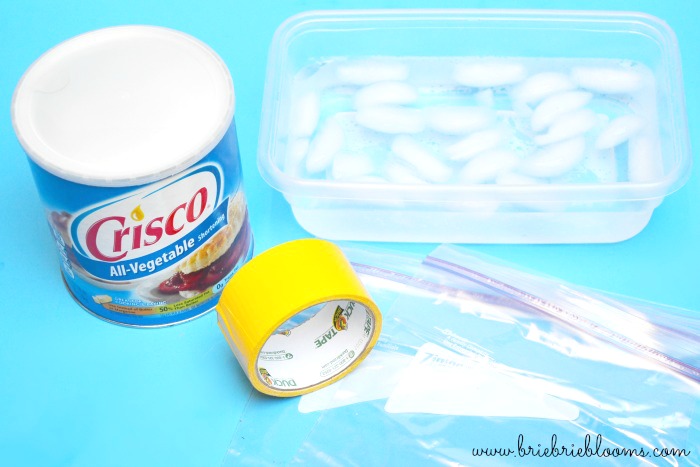
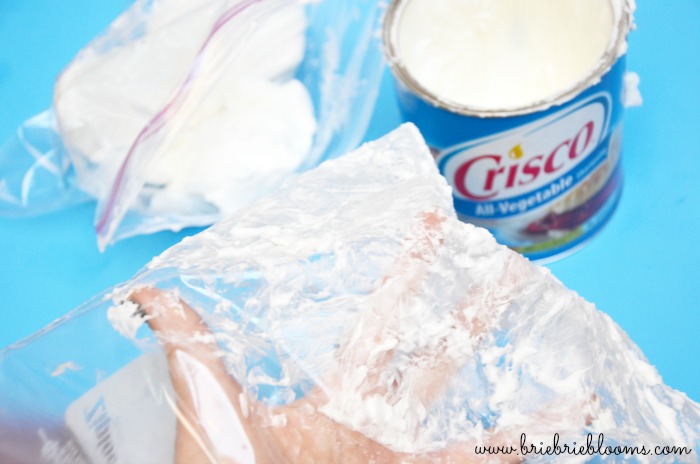
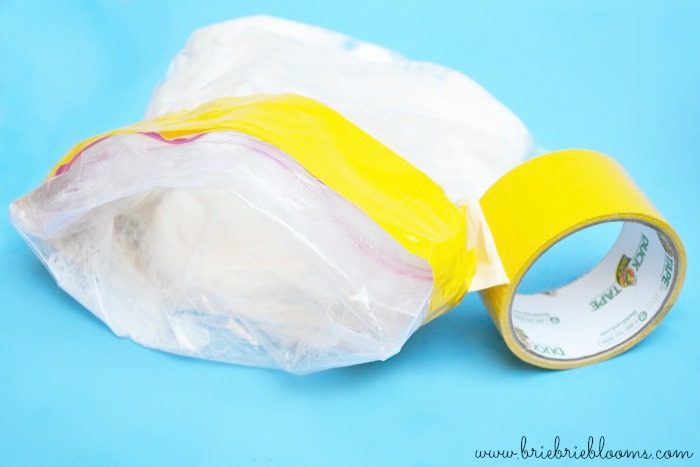
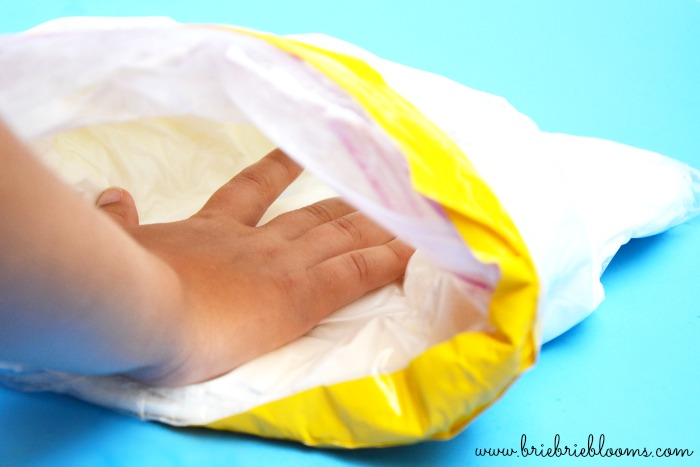
This is really cool. I have never seen this done, but my kids would be fascinated by this.
I try it tomorrow with kindergarden kids! Thank you!